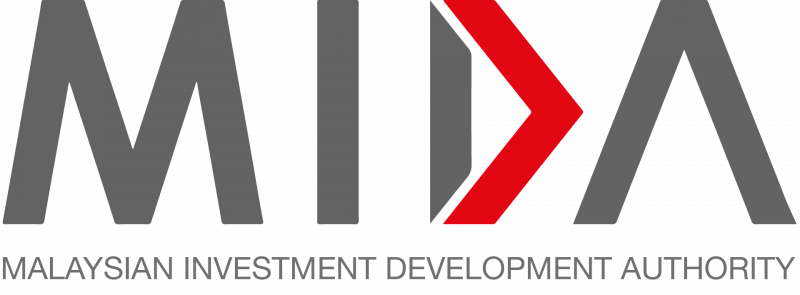More companies from China have expressed their intention to learn about the halal industry in Malaysia, said One Belt One Road Chamber of Commerce (OBORCC) president Datuk Seri Tan Thian Lai.
He said many companies in China’s food and beverage, pharmaceutical, and cosmetic industries are beginning to realise the importance of halal certification, and they view halal certification in Malaysia as one of the best in the world.
“They (the Chinese companies) see Malaysia as a country that places great emphasis on each product that it produces. To them, it is a good opportunity to learn more about these halal standards for their products,” he told Bernama today.
Tan said several countries are ready to invest in setting up preparation and packing facilities for halal goods in Malaysia.
“The halal market is extensive and is not limited to the 1.4 billion people in China alone because, of late, non-Muslim communities have come to understand the importance of halal (certification) on the products they use.
“Because of this, business partners from Guandong, Shanghai and Beijing have expressed their intentions to open their factories in Malaysia so that their halal products can be easily monitored by Jakim (Department of Islamic Development Malaysia),” he said.
In this regard, Tan hopes that the visit by the Prime Minister of China Li Qiang to Malaysia in conjunction with the 50th anniversary of Malaysia-China diplomatic ties beginning Tuesday (June 18) will benefit both countries in the effort to empower the global halal industry.
Malaysia’s Halal Certification, managed by Jakim, has gained international recognition for maintaining the top rank for 10 consecutive years for the halal food sector among 81 countries, as reported by State of the Global Islamic Economy 2023.
The global halal market is projected to reach US$9.71 trillion (US$1=RM4.69) by 2025, with countries like Malaysia expected to lead in the coming years.
In a special address at the Global Forum on Islamic Economics and Finance on May 28, Investment, Trade, and Industry Minister Tengku Datuk Seri Zafrul Abdul Aziz said the halal industry has proven to be one of the most competitive and rapidly growing sectors in the world, adding that such developments are also expected to be experienced by Islamic financial assets.
Source: Bernama
Chinese companies eager to learn from Malaysia’s halal industry
Content Type:
Duration:


